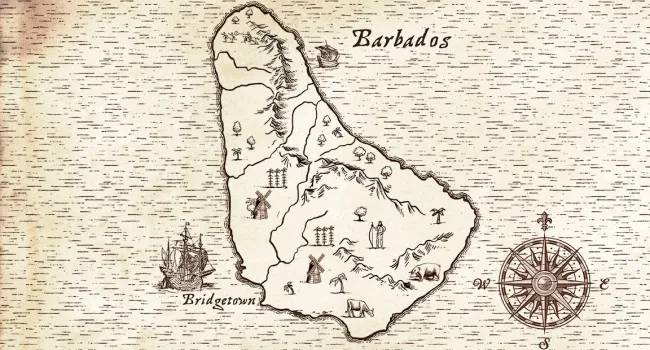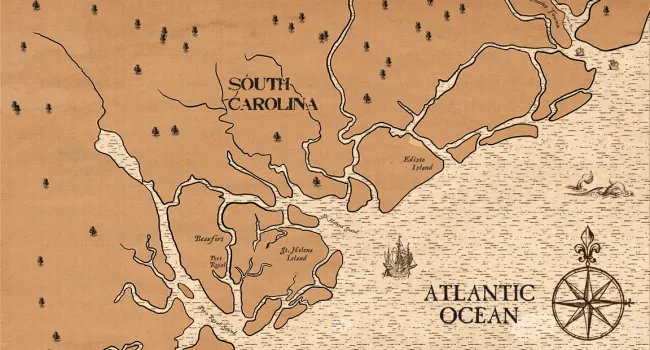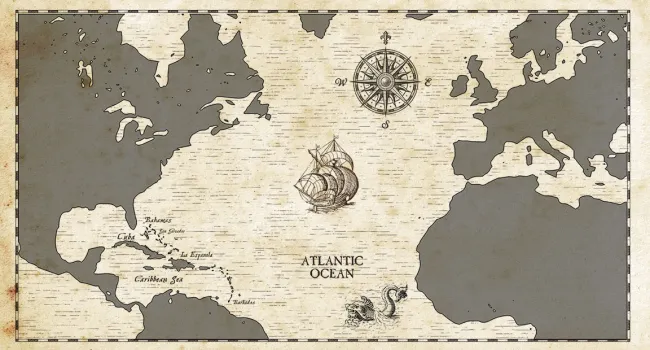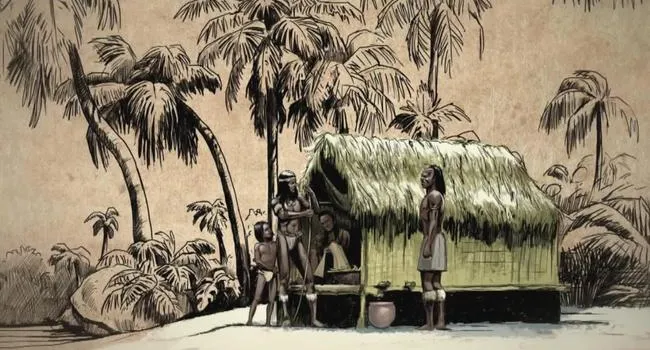Sweet Success
Dutch Sephardic Jewish colonists moved from Brazil to Barbados to escape the religious persecution of the Spanish Inquisition. These Sephardic Jews brought with them the knowledge to produce a highly sought after commodity in Europe: Sugarcane. The production of sugarcane became wildly successful in Barbados, and transformed the economic and cultural landscape forever. As business grew in Barbados, so did the demand for enslaved field workers. Poor white indentured servants, and African slaves primarily worked these plantations, but gradually shifted to African slaves, since the white indentured servants died from yellow fever and the heat. Sugarcane was a profitable crop, but took grueling, arduous work to cultivate it.
Standards
- 4-2 The student will demonstrate an understanding of how the settlement of North America was influenced by the interactions of Native Americans, Europeans, and Africans.
- 6.3.CE Explain the impact of increased global exchanges on the development of the Atlantic World.
- This indicator was developed to encourage inquiry into the impact of Transatlantic interaction with Europeans, Africans, and others on the indigenous populations of the Americas.
- 7-1 The student will demonstrate an understanding of the growth and impact of global trade on world civilizations after 1600.
- 8.1.CE Analyze the factors that contributed to the development of South Carolina’s economic system and the subsequent impacts on different populations within the colony.
- HG.1.2.PR Explain the cultural, economic, environmental, and political conditions and connections that contribute to human migration patterns.
Resources
You need to be logged in to listen to view this content. Create an account now; it's quick, easy, and free!
Log In to View














